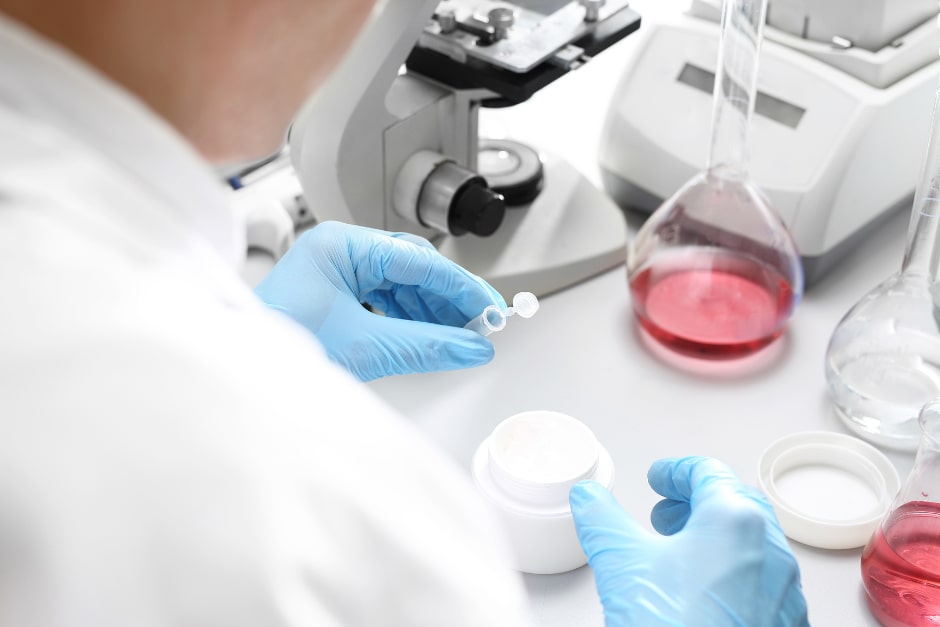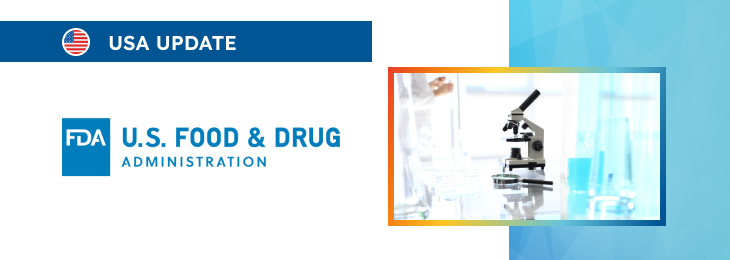The new article refers to additional resources to be taken into consideration by the parties involved in operations with laboratory-developed tests.

Table of content
The Food and Drug Administration (FDA or the Agency), the US regulating authority in the sphere of healthcare products, has published a small entity compliance guide dedicated to laboratory-developed tests. The document provides an overview of the applicable regulatory requirements, as well as additional clarifications and recommendations to be taken into consideration by the parties involved in order to ensure compliance.
At the same time, provisions of the guidance are non-binding in their legal nature, nor are they intended to introduce new rules or impose new obligations. Furthermore, the authority explicitly states that an alternative approach could be applied, provided such an approach is in line with the existing legal framework and has been agreed with the authority in advance.
Apart from the guidelines on general regulatory matters, the document also provides references to additional resources to assist laboratory-developed test (LDT) manufacturers in understanding and complying with the said requirements. However, it is also important to mention that the resources listed are not exhaustive, and manufacturers should evaluate each device’s characteristics to determine the applicable requirements.
Requirements Related to Complaints, Medical Device Reports, and Correction and Removal Reports
Under the general rule, device manufacturers are obliged to establish and maintain complaint files, documenting and investigating any complaints about their medical devices (21 CFR 820.198). A “complaint” is defined in 21 CFR 820.3(b) as any communication alleging deficiencies related to the identity, quality, durability, reliability, safety, effectiveness, or performance of a device after distribution.
Manufacturers must also submit a Medical Device Report (MDR) when they become aware of certain events indicating that a device may have caused or contributed to a death or serious injury or malfunctioned in a way that could likely cause death or serious injury if it recurs (21 CFR part 803, sections 519(a) through (c) of the FD&C Act).
Medical device recalls, both voluntary and forced, involve removing or correcting products in violation of applicable laws. Manufacturers and importers must report any correction or removal of a device initiated to reduce health risks or address violations that may present a risk (section 519(g) of the FD&C Act, 21 CFR part 806).
The FDA provides guidance documents to help manufacturers comply with these requirements, including:
- Complaint Files (presentation)
- Medical Device Reporting for Manufacturers, Guidance for Industry and FDA Staff
- Recalls, Corrections and Removals (Devices)

Registration and Listing Requirements
Establishments involved in the production and distribution of medical devices for use in the US must register annually with the FDA in the course of a process known as establishment registration. These establishments must also list the devices they produce and the activities performed on those devices (section 510 of the FD&C Act, 21 CFR parts 607 and 807).
- Blood Establishment Registration and Product Listing: Information for devices subject to licensure under section 351 of the PHS Act.
- Device Registration and Listing: Information for other devices.
Device Labeling Requirements
In addition to the above, medical devices must meet general labeling requirements, including formatting and substantive criteria, found in section 502 of the FD&C Act and 21 CFR part 801. Labeling for IVDs has additional requirements under 21 CFR part 809, subpart B.
It is stated that IVDs are exempt from most general labeling requirements if compliant with UDI and specific IVD labeling requirements (21 CFR 809.10).
Investigational Use Requirements
An approved Investigational Device Exemption (IDE) allows an investigational device to be used in a clinical investigation for collecting safety and effectiveness data, bypassing other FD&C Act requirements. Clinical evaluations of significant risk devices must have an approved IDE (section 520(g) of the FD&C Act, 21 CFR part 812).
In accordance with the applicable regulatory requirements, diagnostic device investigations are exempt from most IDE requirements if the testing is noninvasive, doesn’t involve significant risk procedures, doesn’t introduce energy into subjects, and isn’t used as a diagnostic procedure without confirmation by another medically established diagnostic product or procedure (21 CFR 812.2(c)(3)).
FDA provides more information on IDEs and related regulations in the following documents:
- Investigational Device Exemptions (IDE)
- In Vitro Diagnostic (IVD) Device Studies – Frequently Asked Questions
Quality System Requirements
Manufacturers must establish and follow a quality system to ensure their devices consistently meet safety, effectiveness, and compliance standards (section 520(f) of the FD&C Act, 21 CFR part 820). The Quality System (QS) regulation incorporates ISO 13485:2016 to promote consistency in device regulation, effective February 2, 2026.
FDA provides guidance on the QS regulation in the document: “QS Regulation/Medical Device Current Good Manufacturing Practices (CGMP)”
Quality System Requirements
Manufacturers must establish and follow a quality system to ensure their devices consistently meet safety, effectiveness, and compliance standards (section 520(f) of the FD&C Act, 21 CFR part 820). The Quality System (QS) regulation incorporates ISO 13485:2016 to promote consistency in device regulation, effective February 2, 2026.
FDA provides guidance on the QS regulation in the document: “QS Regulation/Medical Device Current Good Manufacturing Practices (CGMP)”
Premarket Review Requirements
The type of premarket submission required depends on the device classification. Moderate-risk (Class II) and some low-risk (Class I) devices typically require a premarket notification (510(k)), while higher-risk (Class III) devices require a Premarket Approval (PMA). Some devices may require a Biologics License Application (BLA) under section 351 of the PHS Act.
FDA provides information on selecting and preparing the correct submission in the following documents:
- Premarket Submissions: Selecting and Preparing the Correct Submission
- Information about the Biologics License Applications (BLA) Process
General Information
FDA offers additional resources for understanding device regulations related to:
- Laboratory Developed Tests
- IVD Regulatory Assistance
CDRH provides educational resources and assistance as follows:
- CDRH Learn: Multimedia educational modules on medical device laws, regulations, guidances, and policies
- Division of Industry and Consumer Education (DICE): Provides regulatory education and answers industry questions
The Q-Submission program offers feedback on IDE applications, INDs, and premarket submissions in a guidance document titled: “Requests for Feedback and Meetings for Medical Device Submissions: The Q-Submission Program”
Conclusion
In summary, the present guidance provides references to the special guidance documents addressing specific matters related to laboratory-developed tests. The abovementioned resources are intended to assist LDT manufacturers in navigating the applicable regulatory requirements and ensure compliance thereto.
How Can RegDesk Help?
RegDesk is an AI-powered Regulatory Information Management System that provides medical device companies with regulatory intelligence for over 120 markets worldwide. It can help you prepare and publish global applications, manage standards, run change assessments, and obtain real-time alerts on regulatory changes through a centralized platform. Global expansion has never been this simple.

